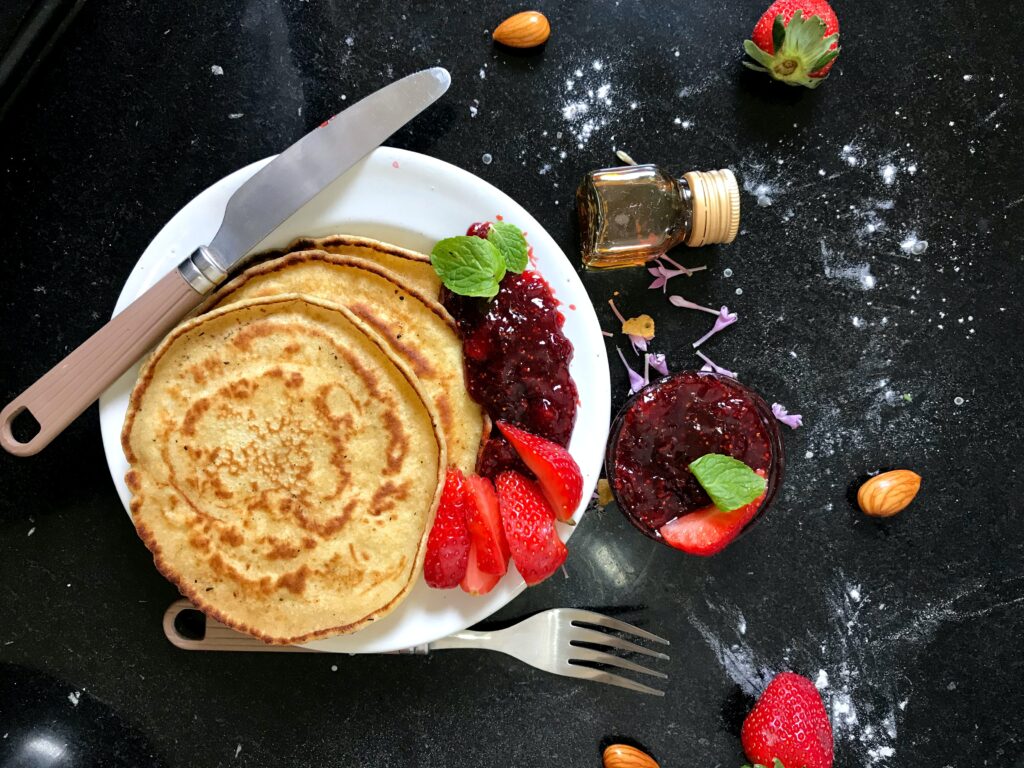Weight Loss: 5 Protein Rich Food in Breakfast?

Role of protein rich food cannot be denied when someone trying to lose weight. So, start your day with a breakfast that constitute protein in good amount.
One should include protein according tot he body weight. For example if the weight is 50 kgs the protein intake should be 50 grams. Protein makes your stomach fuller for a longer time and one feels energetic and not hungry for a longer time.
Here are 5 Protein rich breakfast that can help better start your day.
- Oatmeal
Fitness is 80% diet and rest is exercise. In this article we are going to tell you about one ingredient that you can add to your diet.
This healthy ingredient that we are covering in this article is very simple but healthy also same time, “Oats”. A meal made with oats can make you filler and also would not add much calories to your diet. Most important benefit of oats is that it is gluten free diet unlike wheat.
Oats are also rich in vitamins, fiber and minerals. They also contain antioxidants which help in reducing radicals from body and bring glow to one’s skin. One can add oats to the diet for gaining multiple health benefits like lower blood sugar, weight loss and good cardio vascular health.
Read more about Oats benefits - Eggs
Eggs are one of the richest source of protein. Its white outside part can be included in breakfast diet only if need protein but have cholesterol related problems.
Protein is important for building muscles and tissues. So include eggs if you are looking for protein as egg white is one of the cheapest and high quality of protein available. It also has Vitamin B12 and little fat with cholesterol.
The outer white part of egg is also rich on Vitamin D, B6, B12 and minerals like selenium, zinc, iron and copper. Yellow part called yolk has cholesterol, fat, Vitamins A, D, E and K along with lecithin.
Read more about Eggs benefits - Chia Seeds
Diets high in fiber has therapeutic and preventive role. Chia seed contains appreciable amount of fibre, which can absorb up 15 times water the weight of seed!
Chia seed contains between 34 and 40 g of dietary fibre per 100 g, equivalent to 100 % of the daily recommendations for an adult. The fibre content of chia seeds is higher than quinoa, flaxseed, almond, soyabean, peanuts and amaranth.
The protein content of chia seed is greater than protein content of all the cereals! With 20 % protein content, chia possesses a massive potential to correct and prevent protein energy malnutrition.
Read more about Chia seeds benefits - Poha
Poha is a light food rich in fiber and one can have that guilt free in morning. One can add some peanuts to it so that it makes it rich in protein also. Add some peas, beans, cauliflower or any other vegetable of your choice to make it more nutritious and protein rich. - Pulses
Pulses have been a part of staple foods for many civilizations around the world for over 10,000 years, in fact, pulses are believed to be one of the first crops cultivated by human civilisation. Pulses are the best food to introduce after six months of age of the child. For vegetarians, pulses are boon, an inexpensive alternative to meat. India is the foremost in the production of pulses all over the world!
Pulse or legume is the plants whose seeds are enclosed in a pod. Commonly, terms “legumes” and “pulses” are used interchangeably. However, all pulses are considered legumes but not all legumes are not pulses. Food and Agriculture Organization defines “pulse” exclusively for crops harvested solely for the dry seed of leguminous plants. So, legumes used for oil extraction (soybean, peanut) and those harvested green for food (green beans, peas and sprouts) are excluded from the category of pulses.
Read more about pulses



